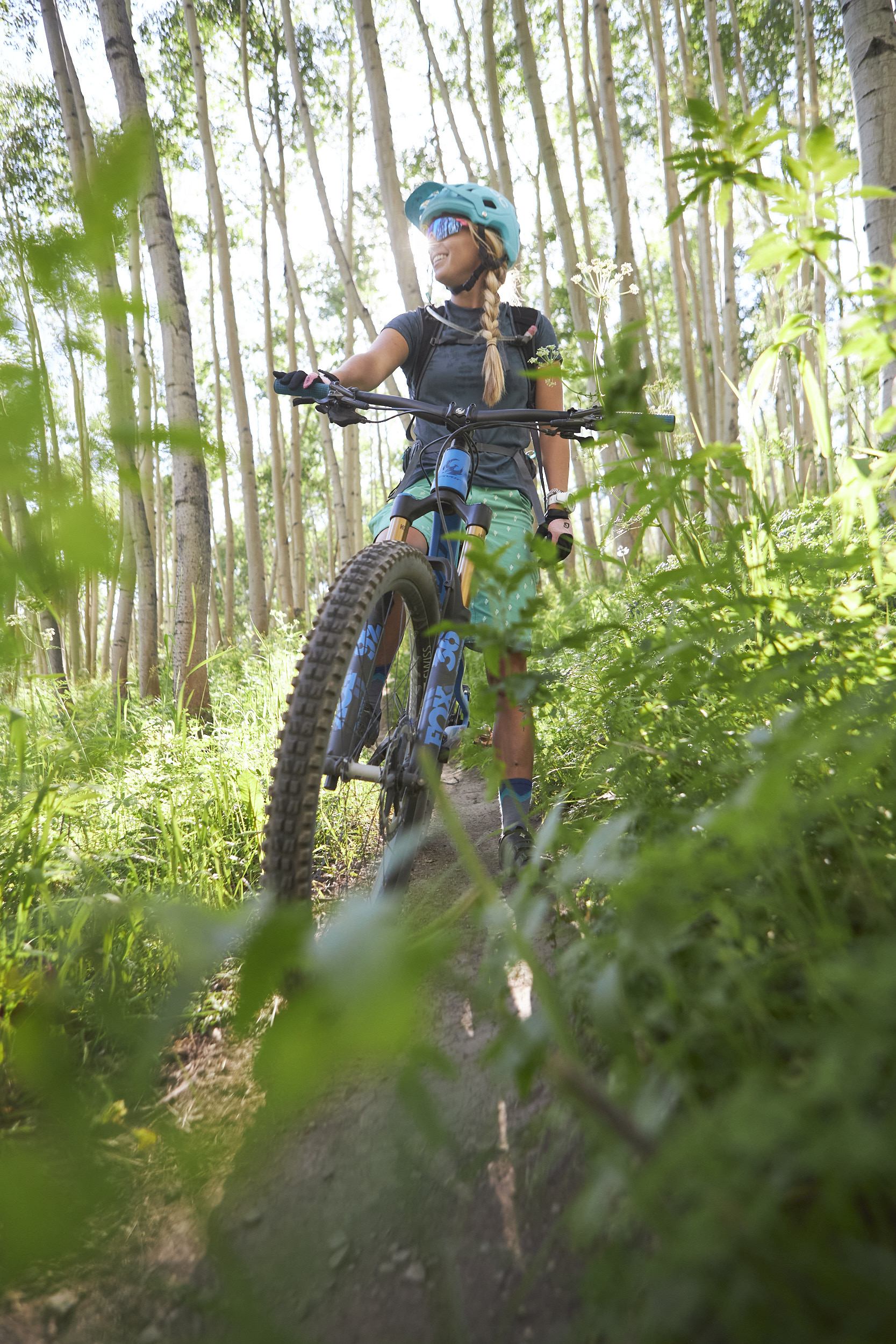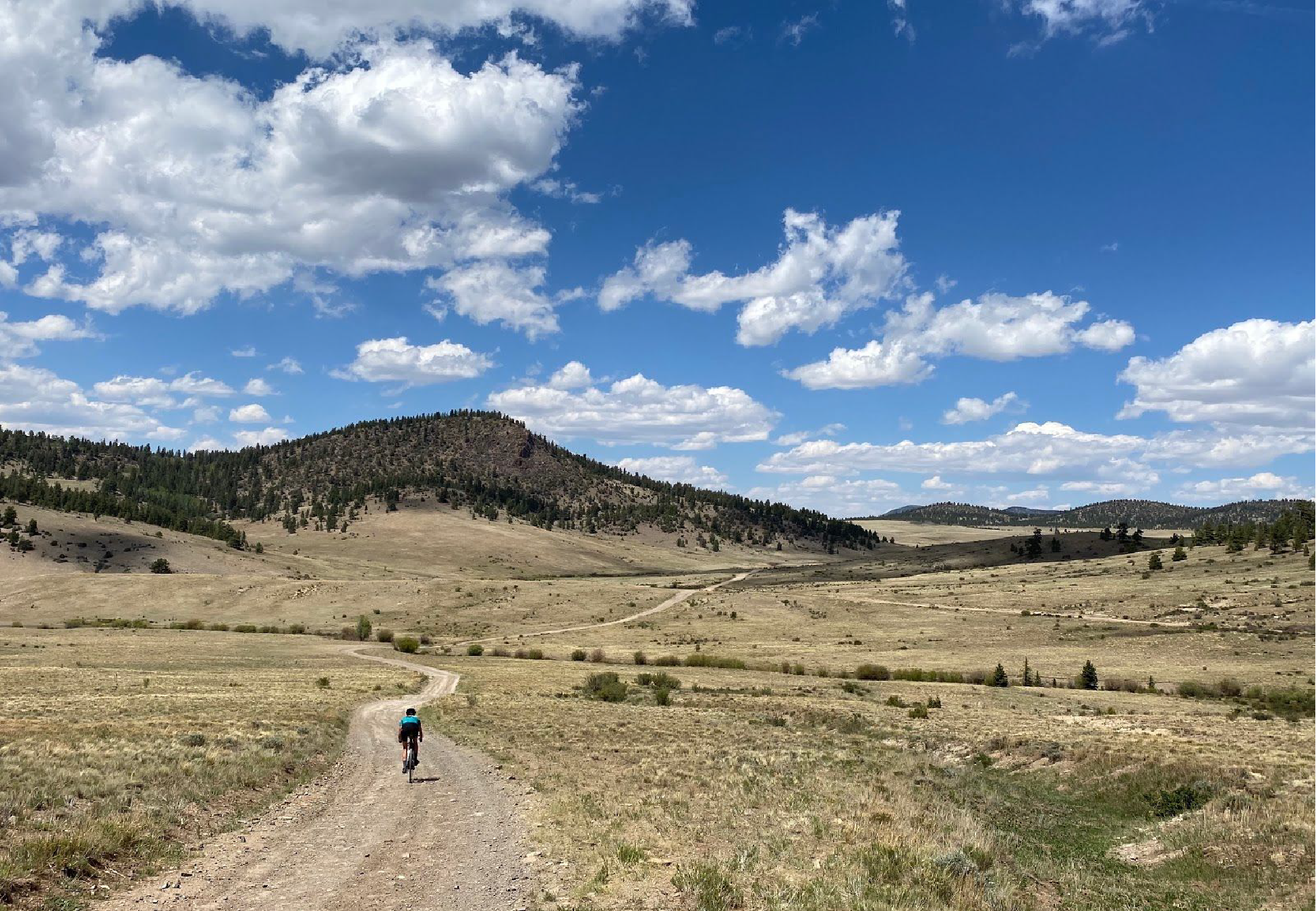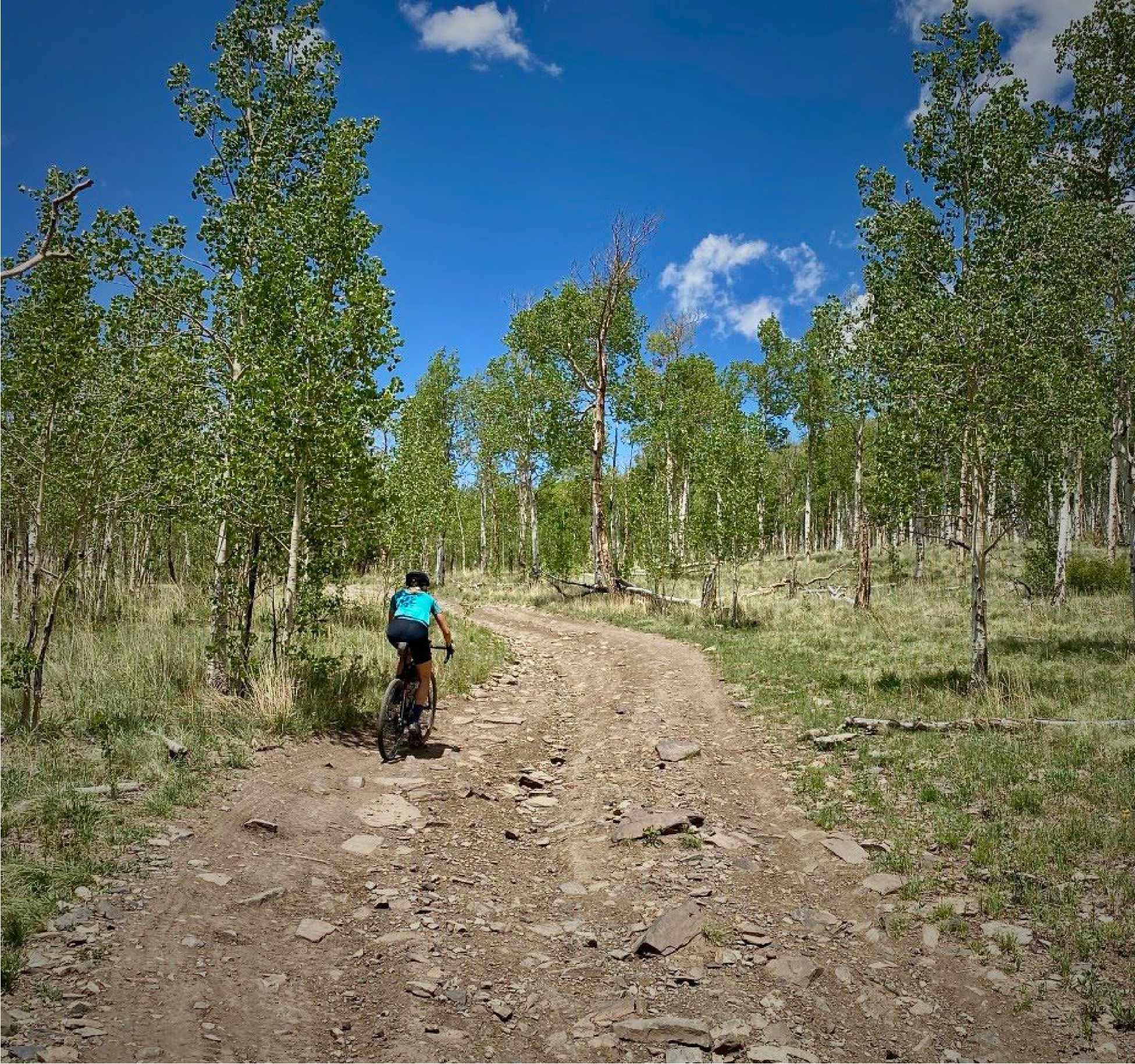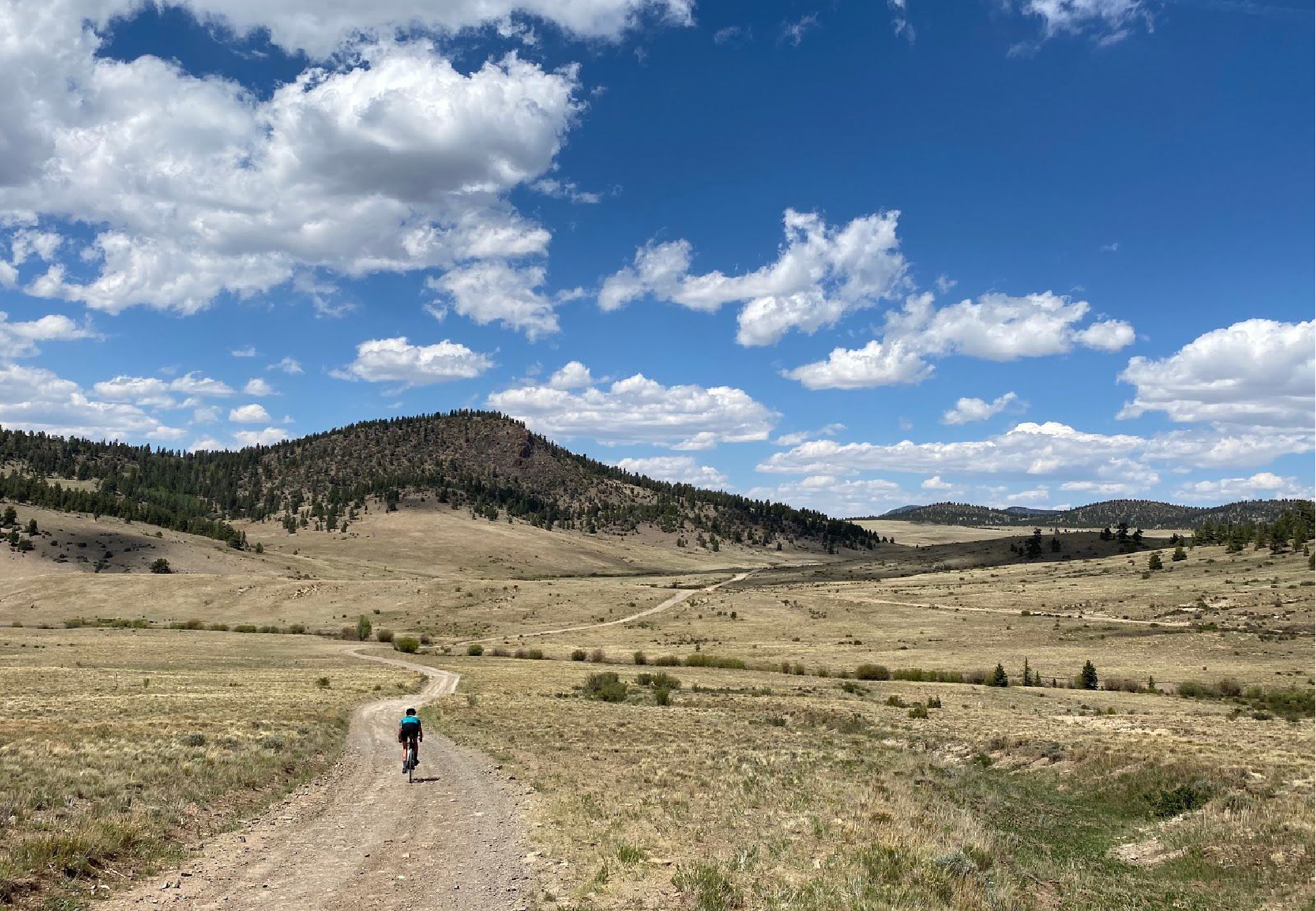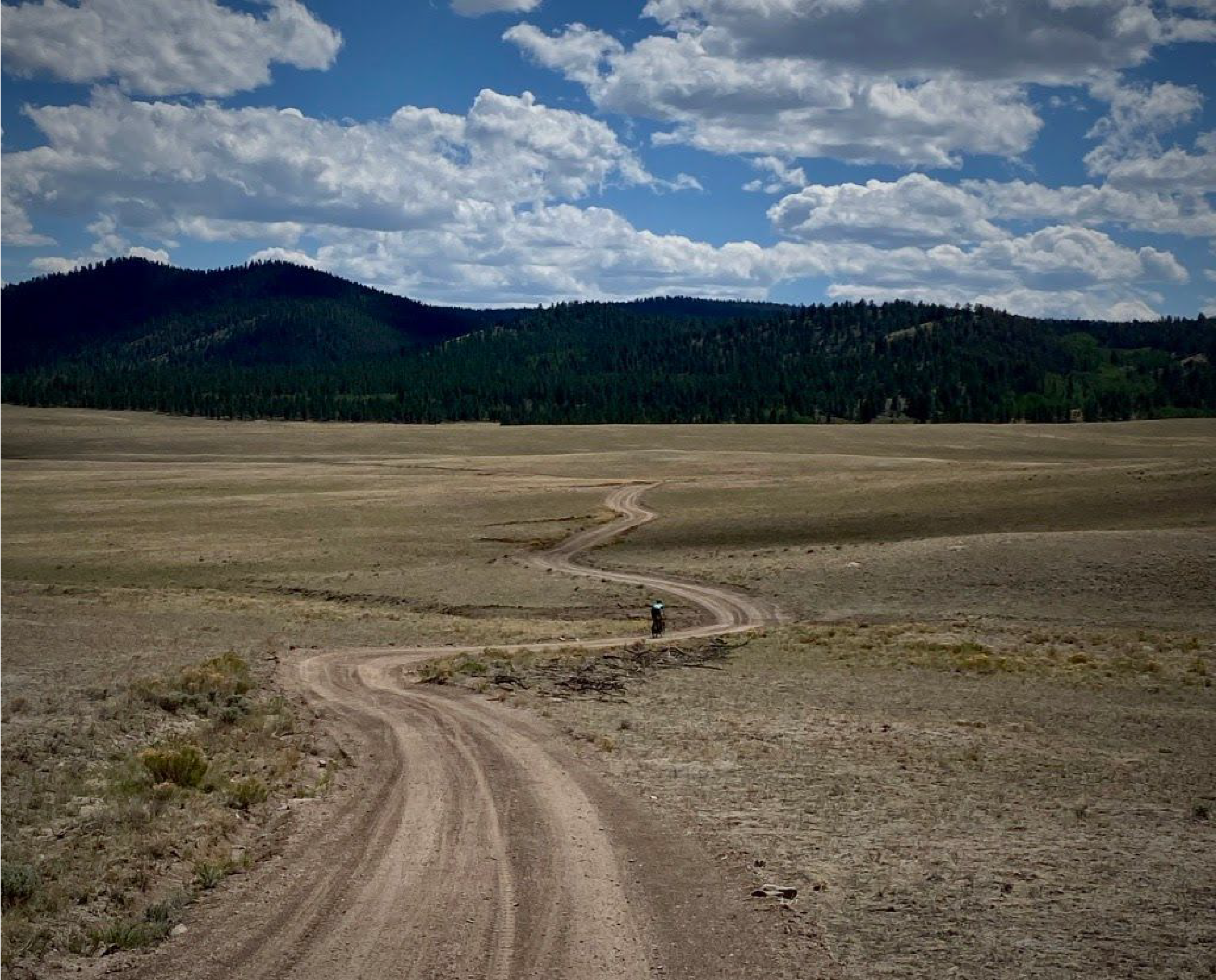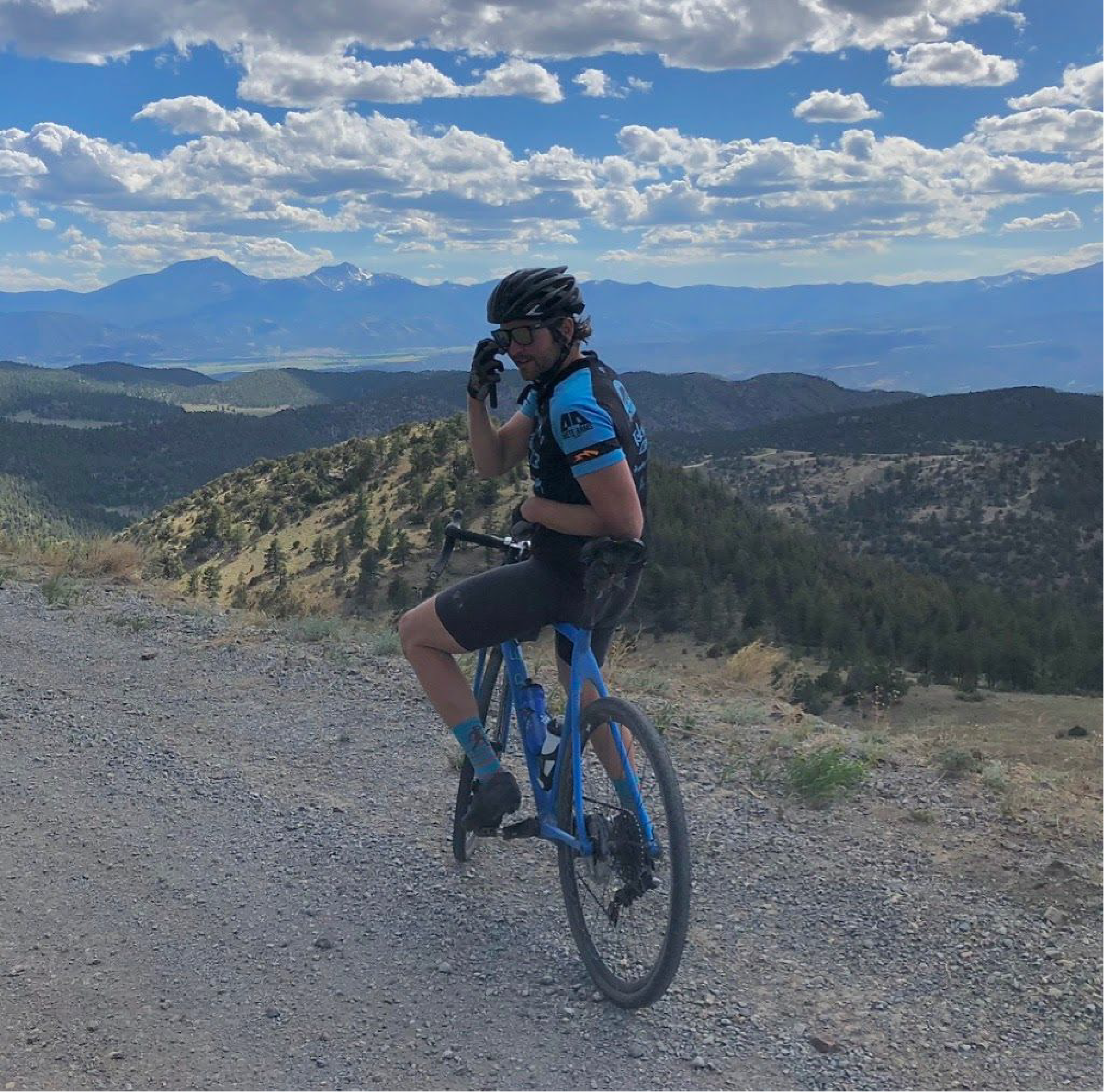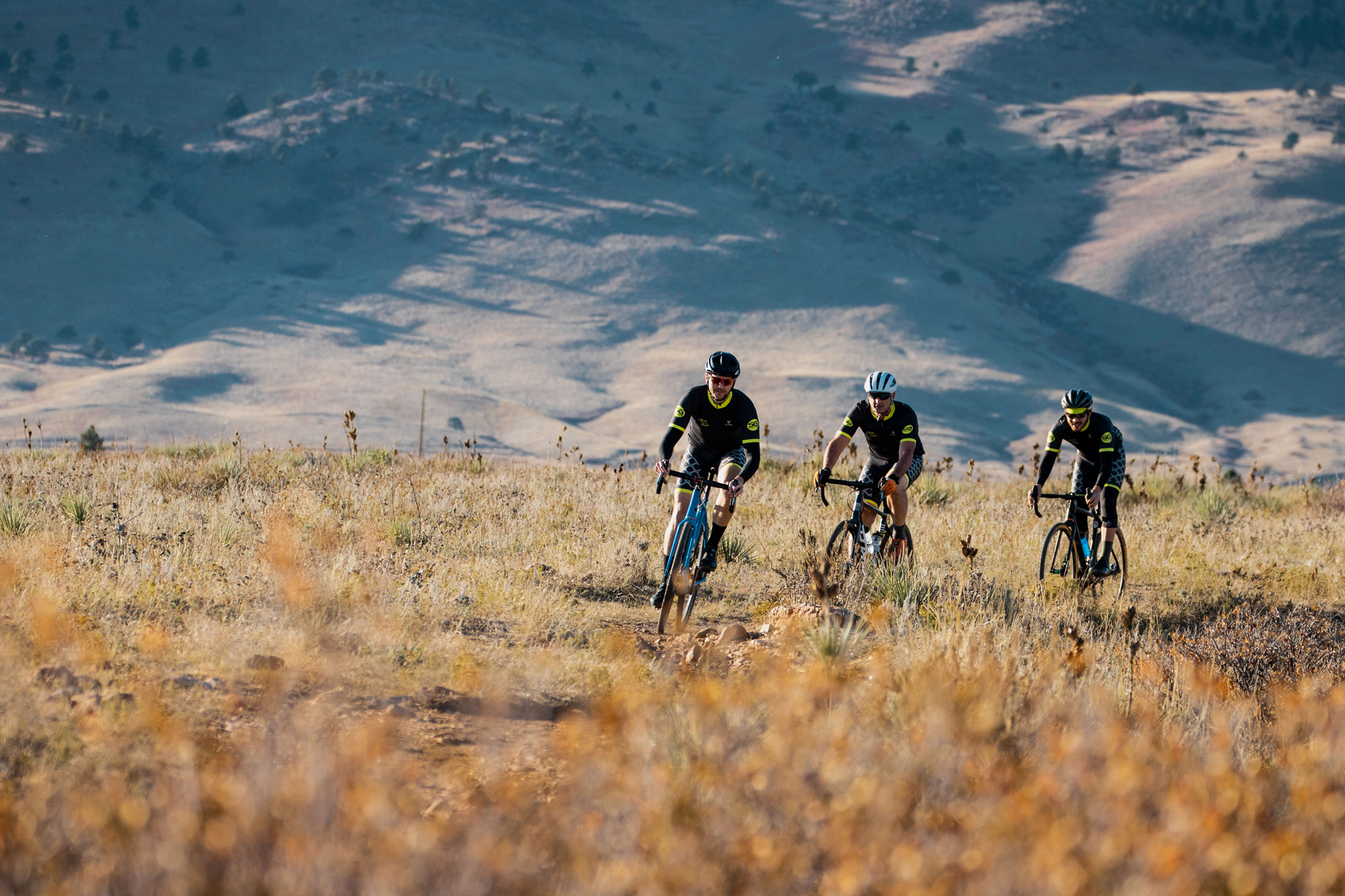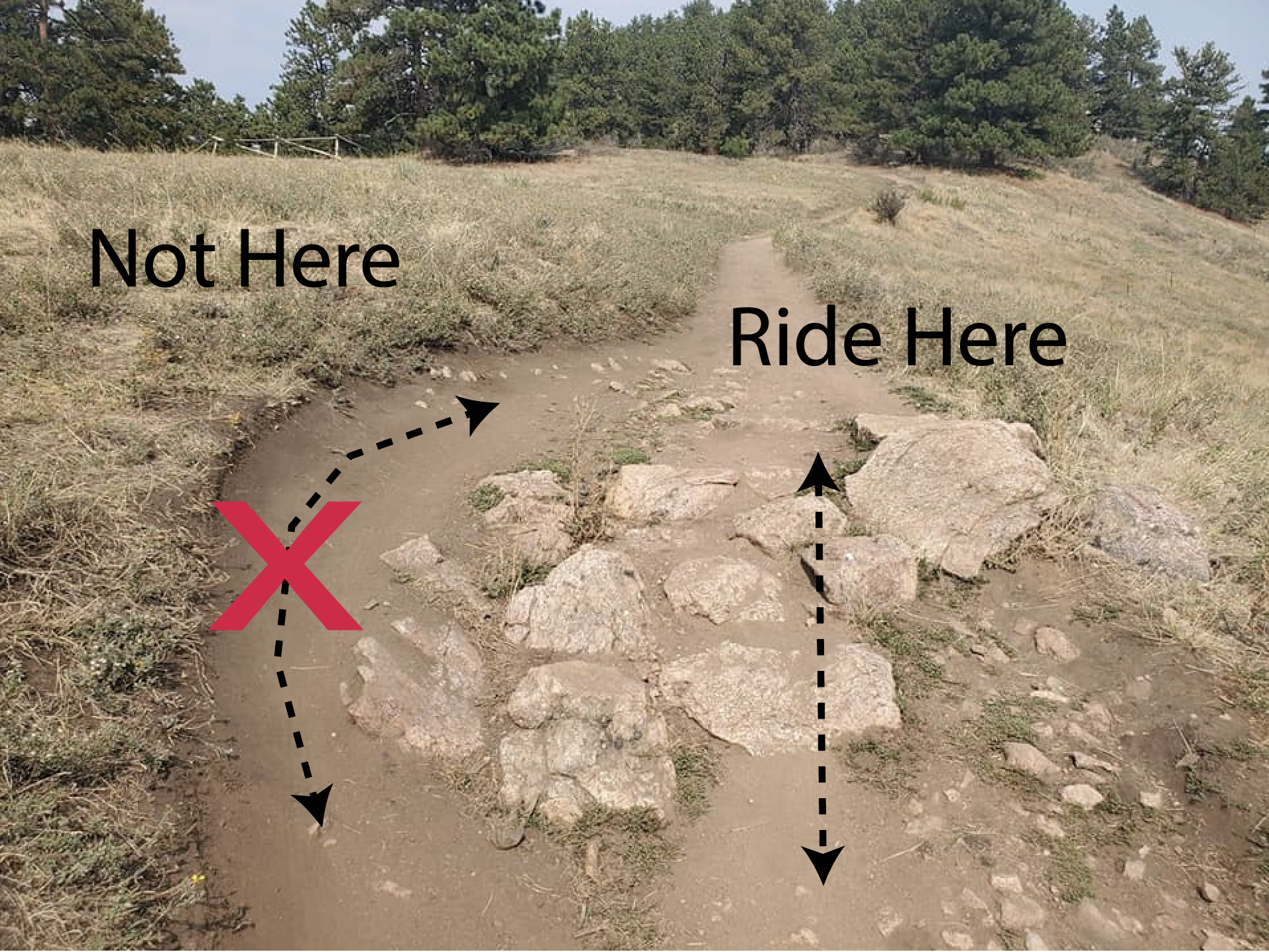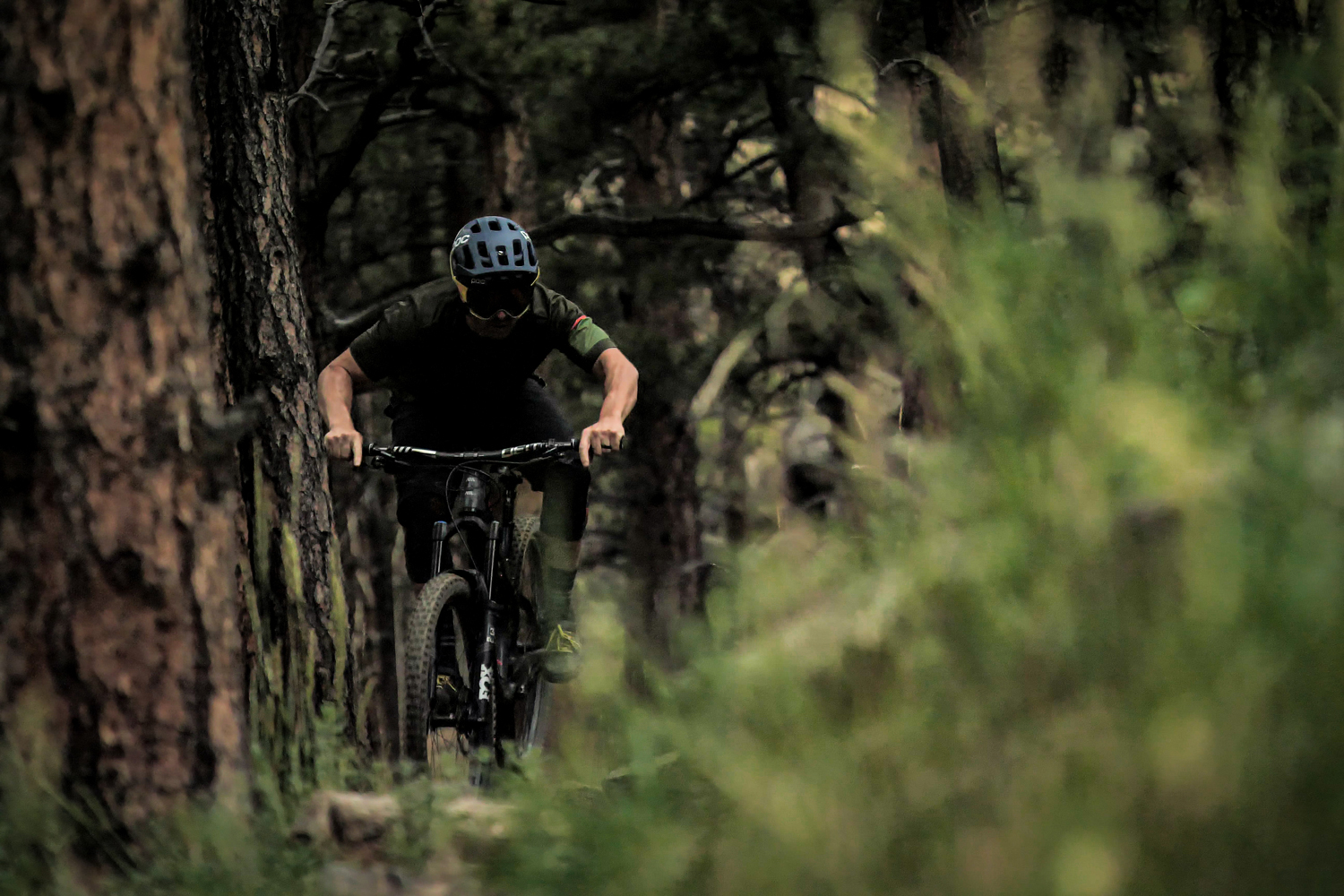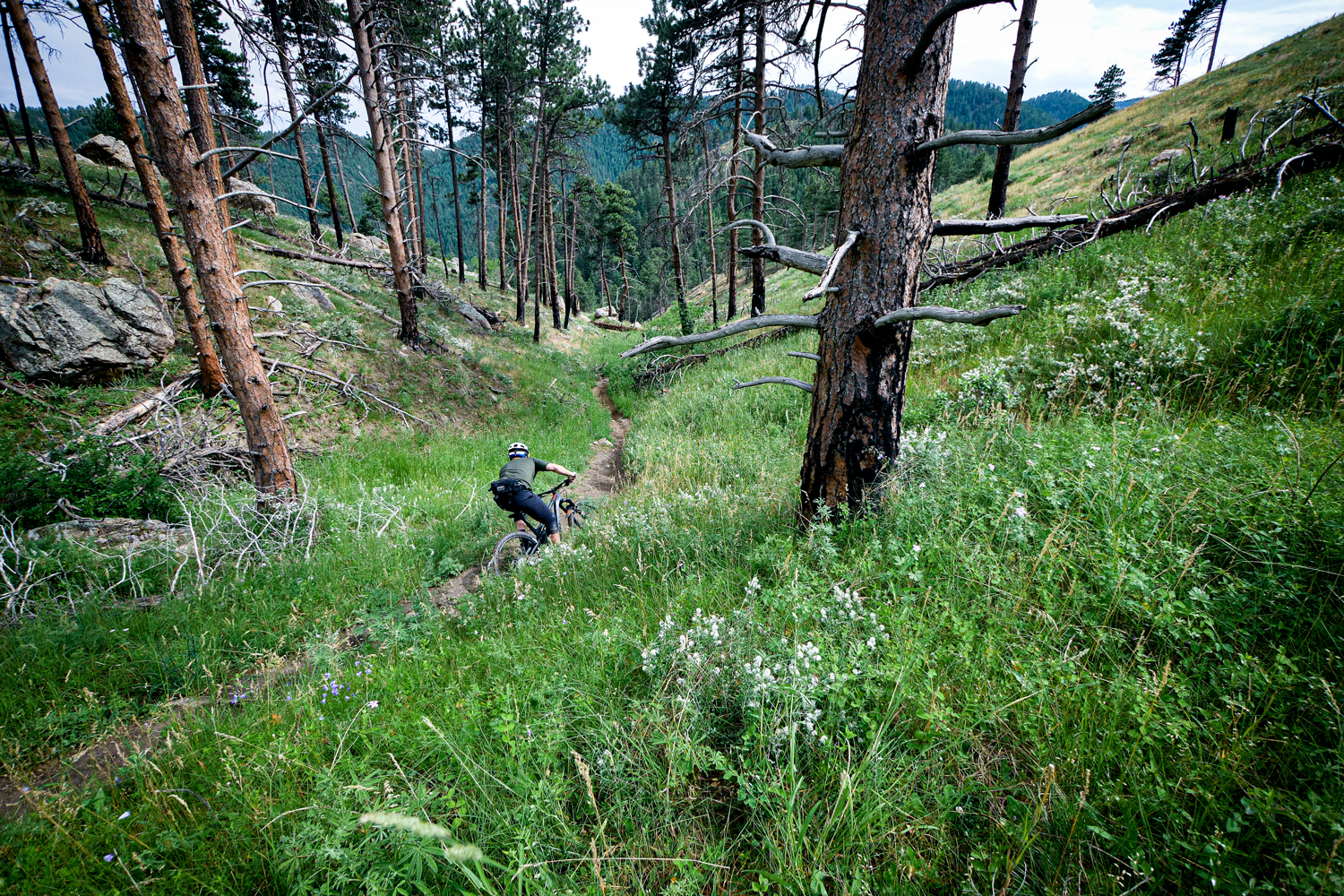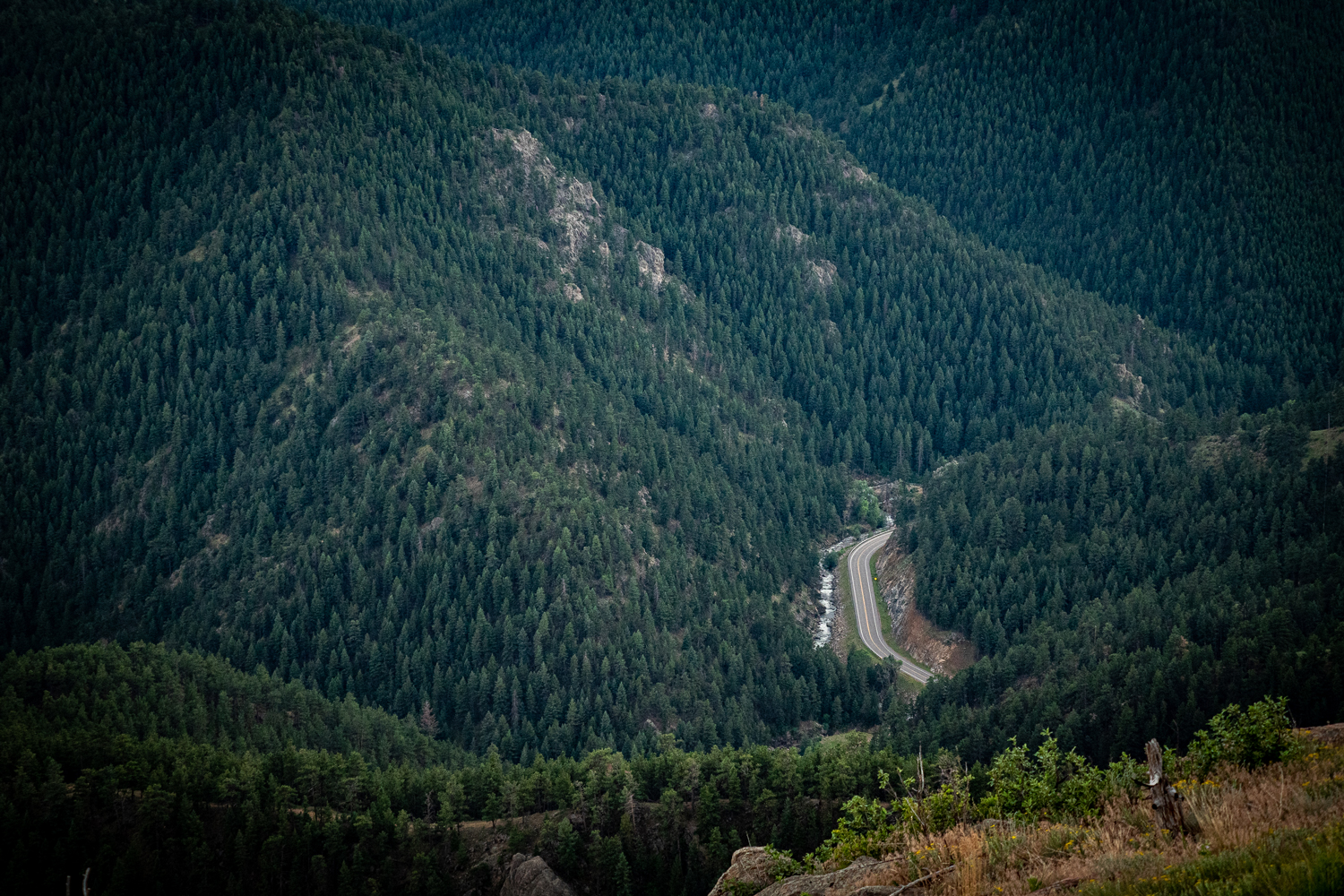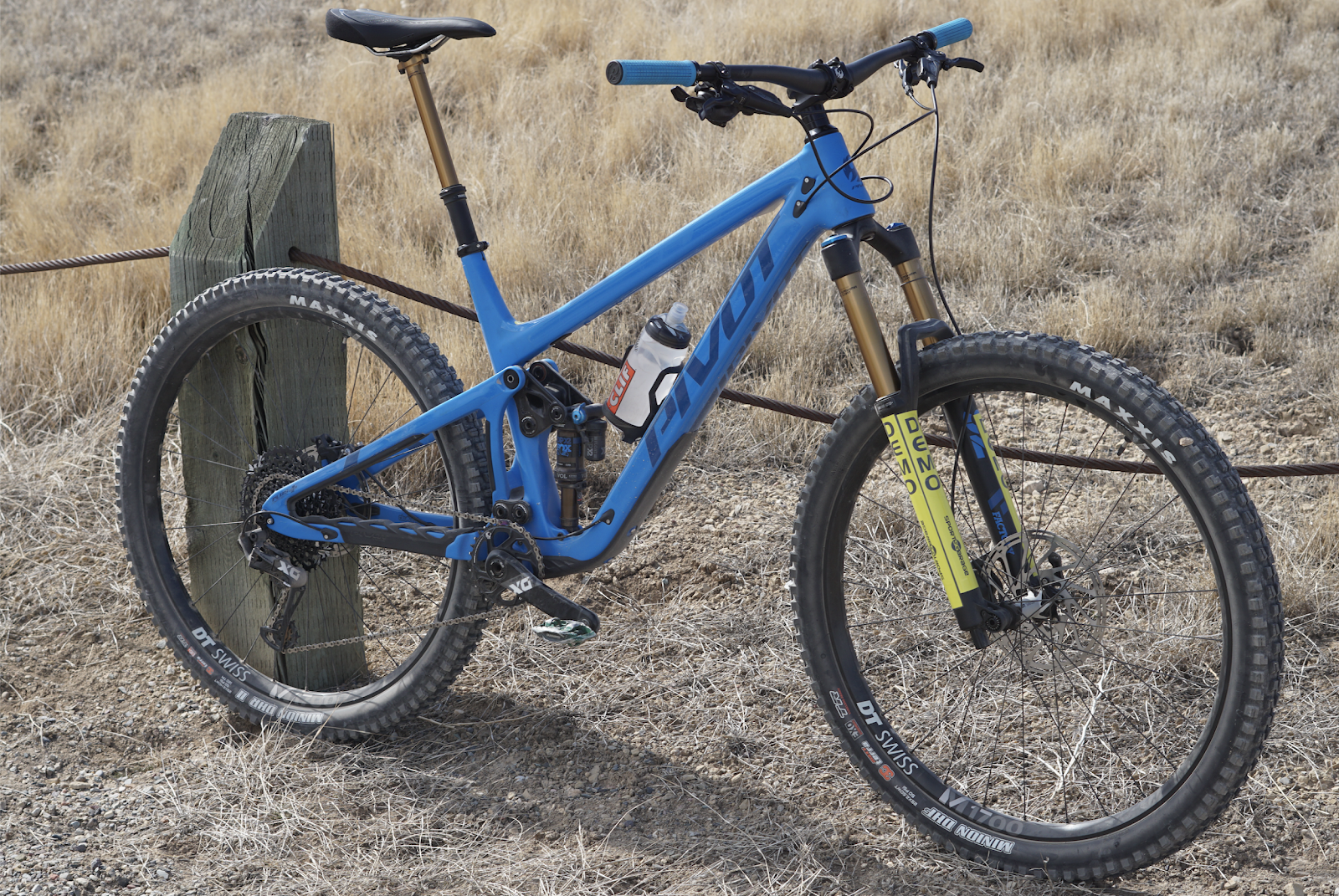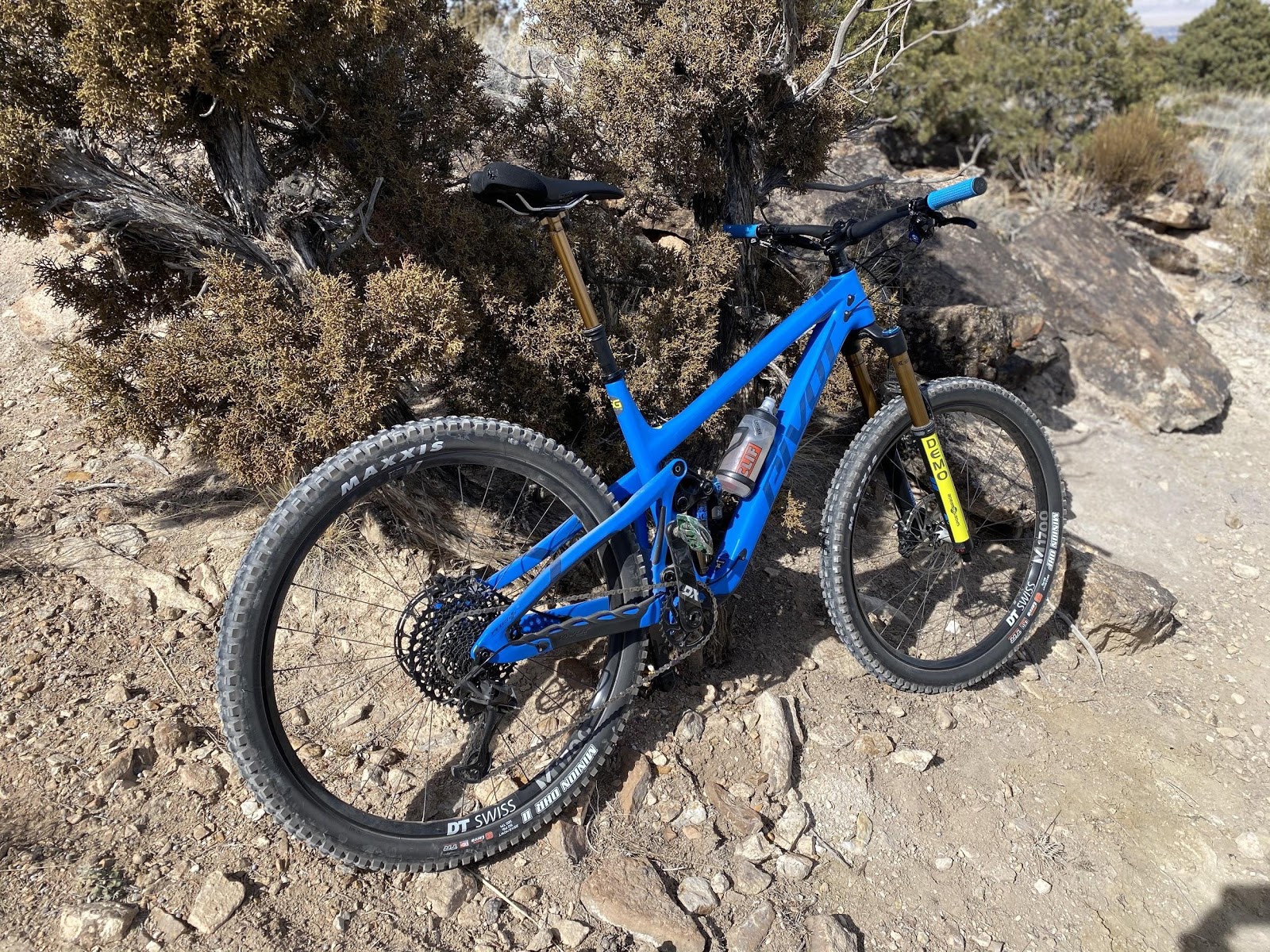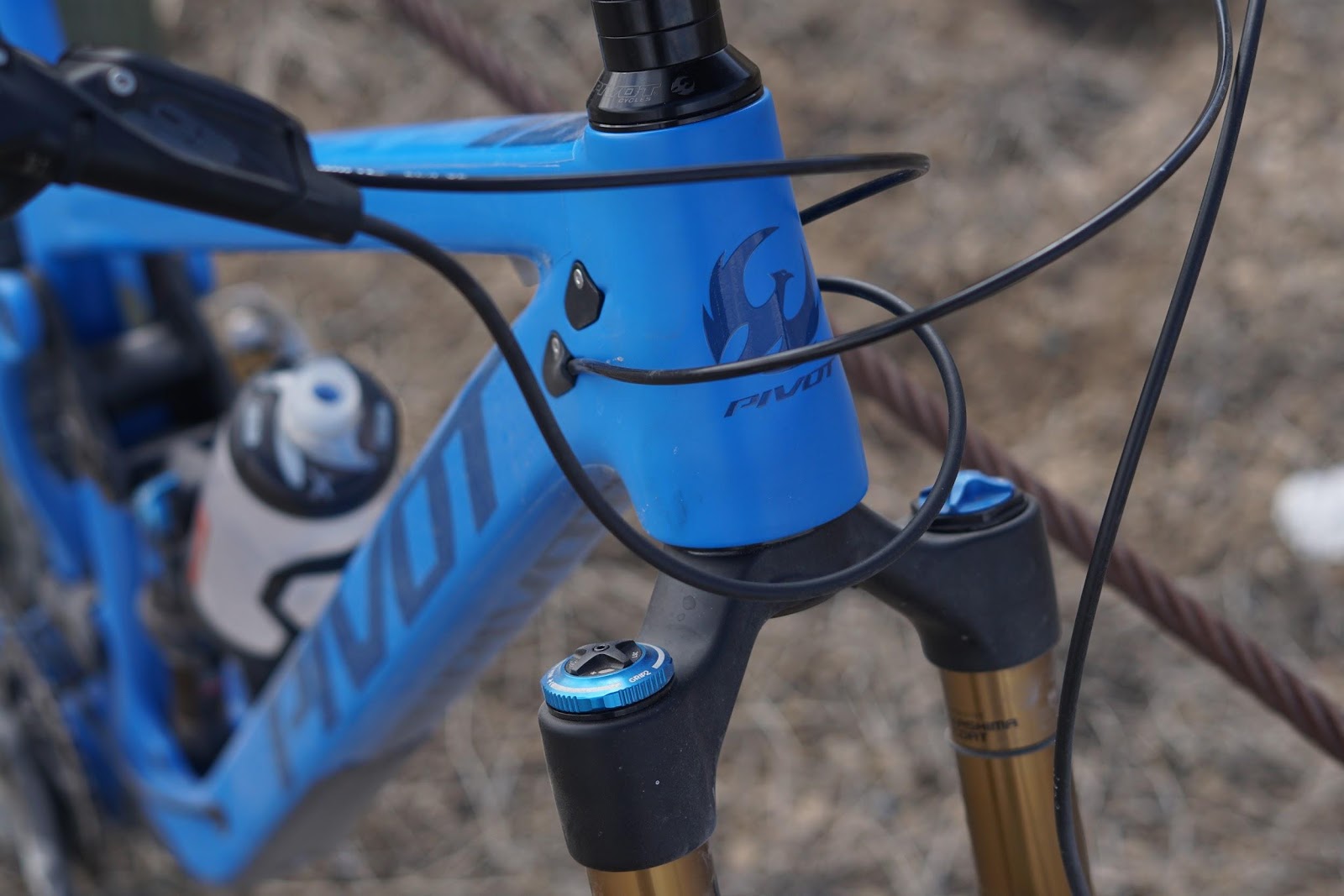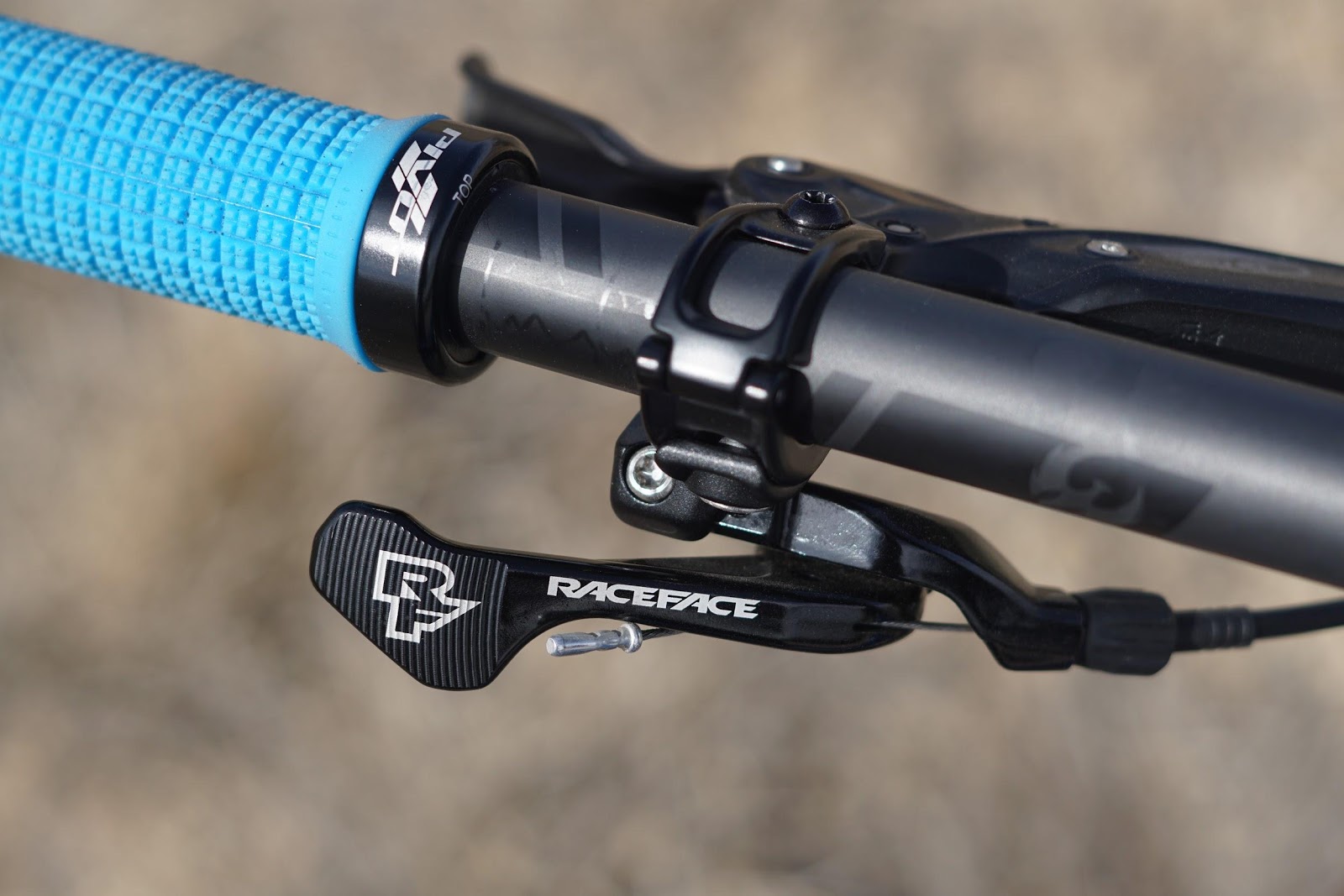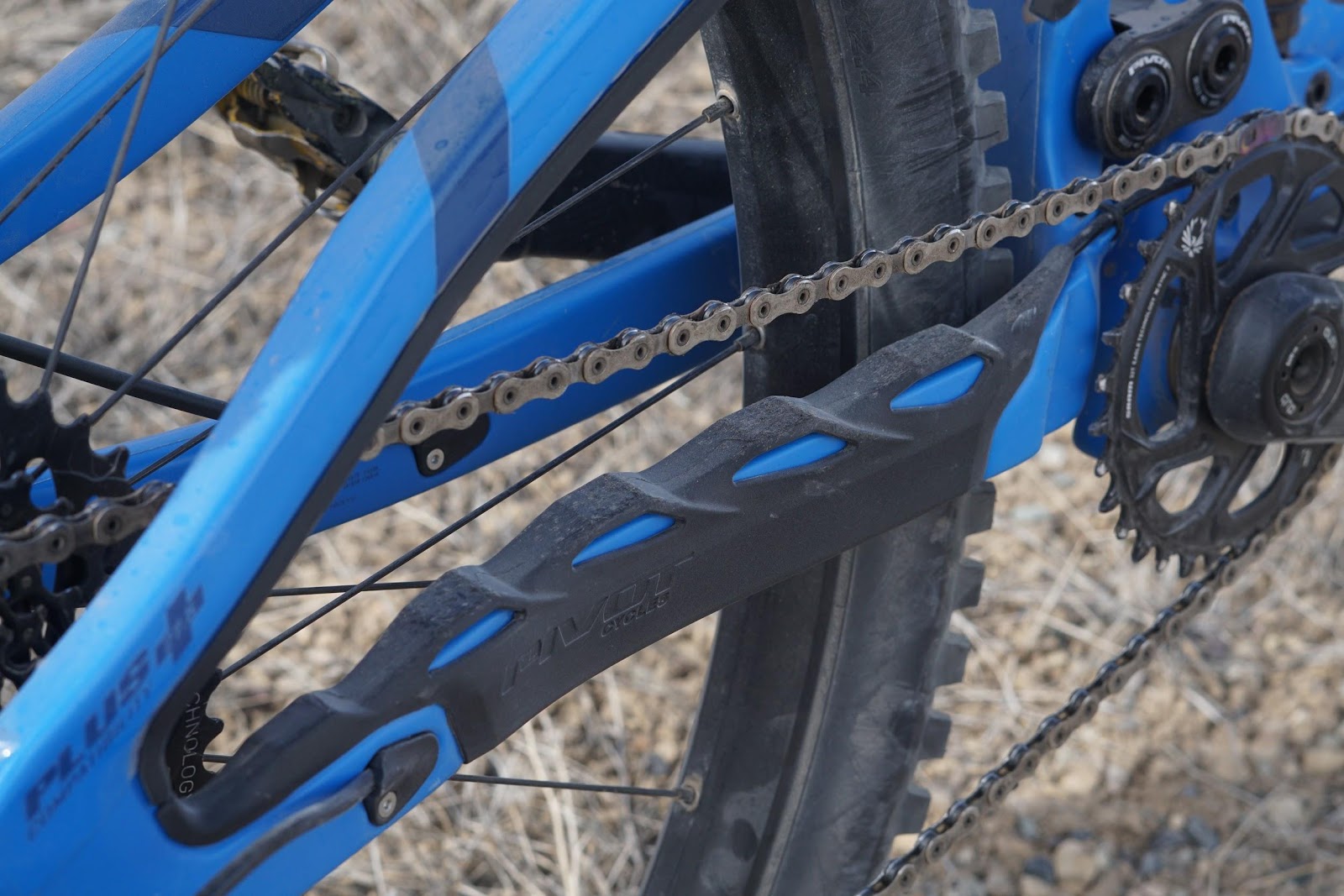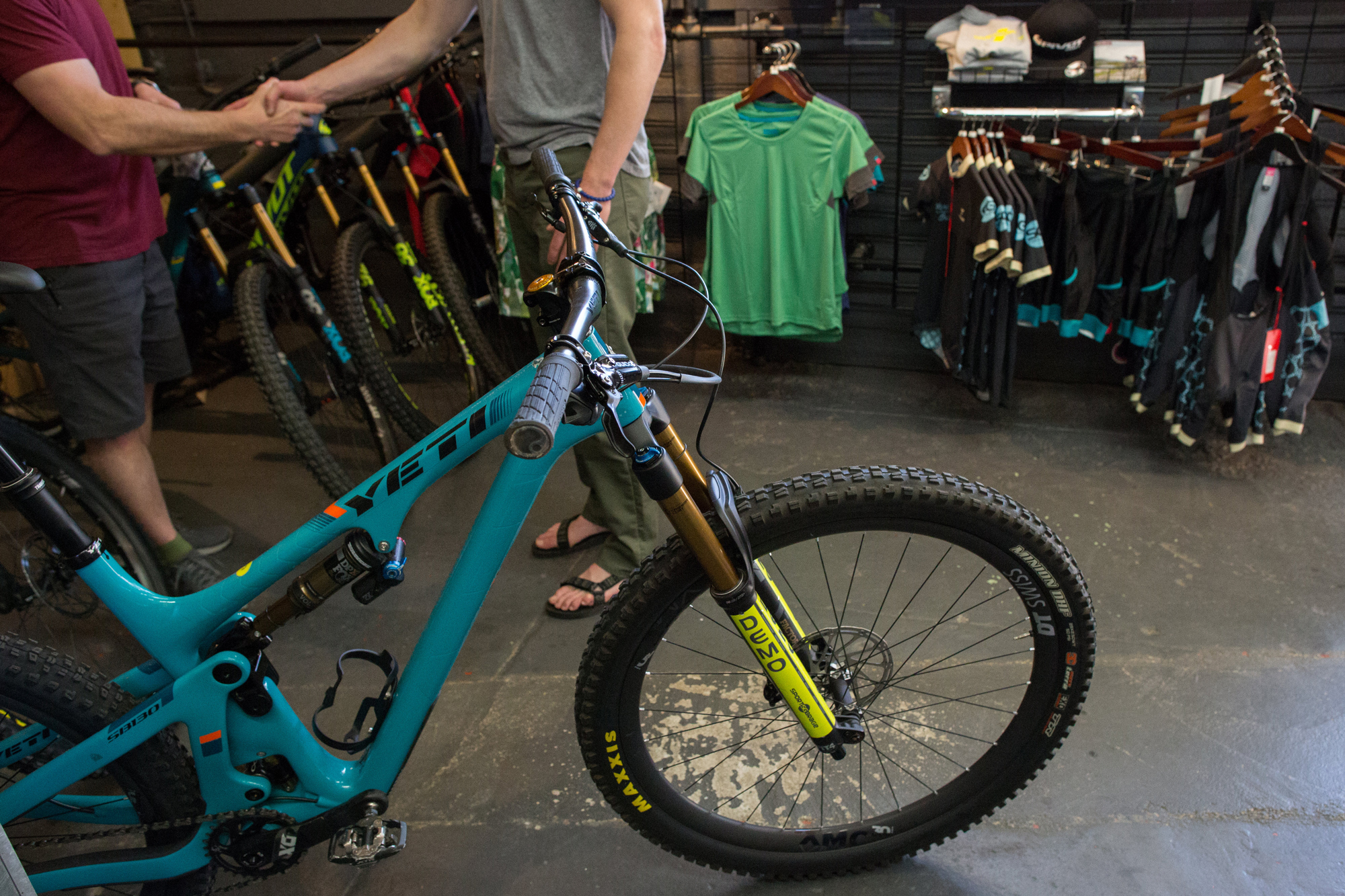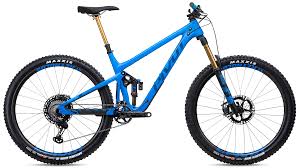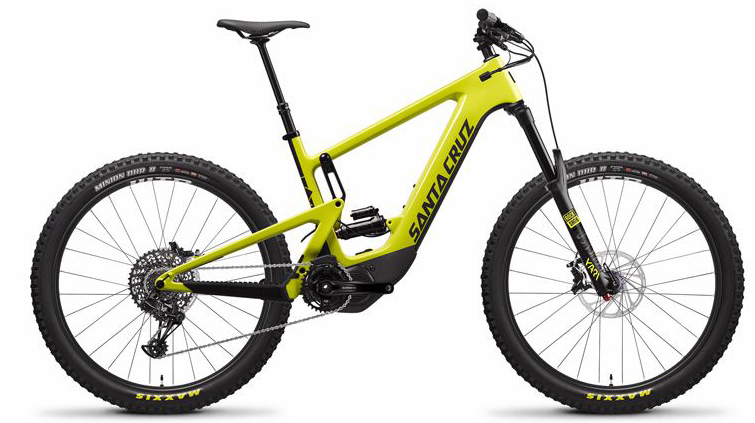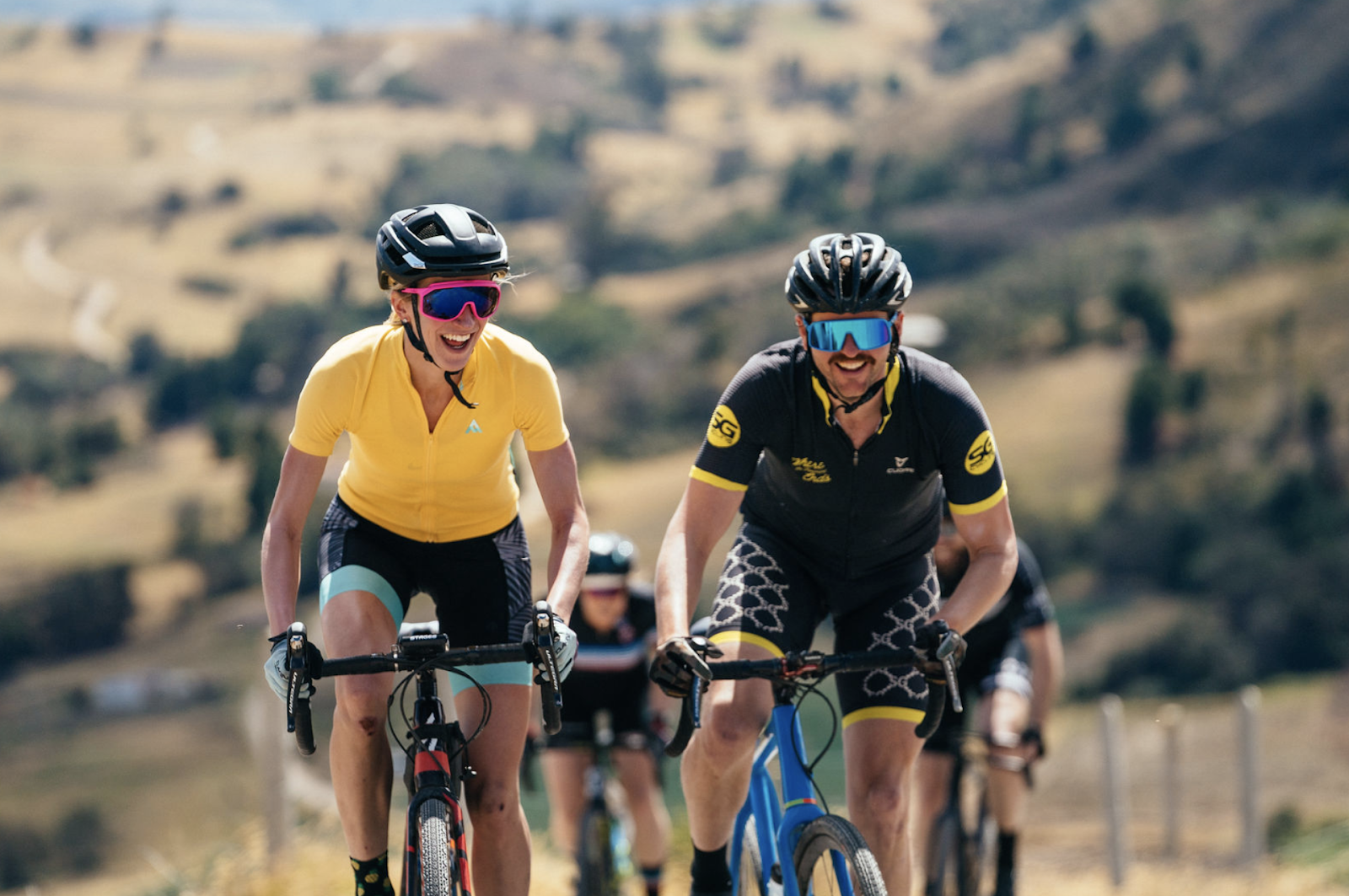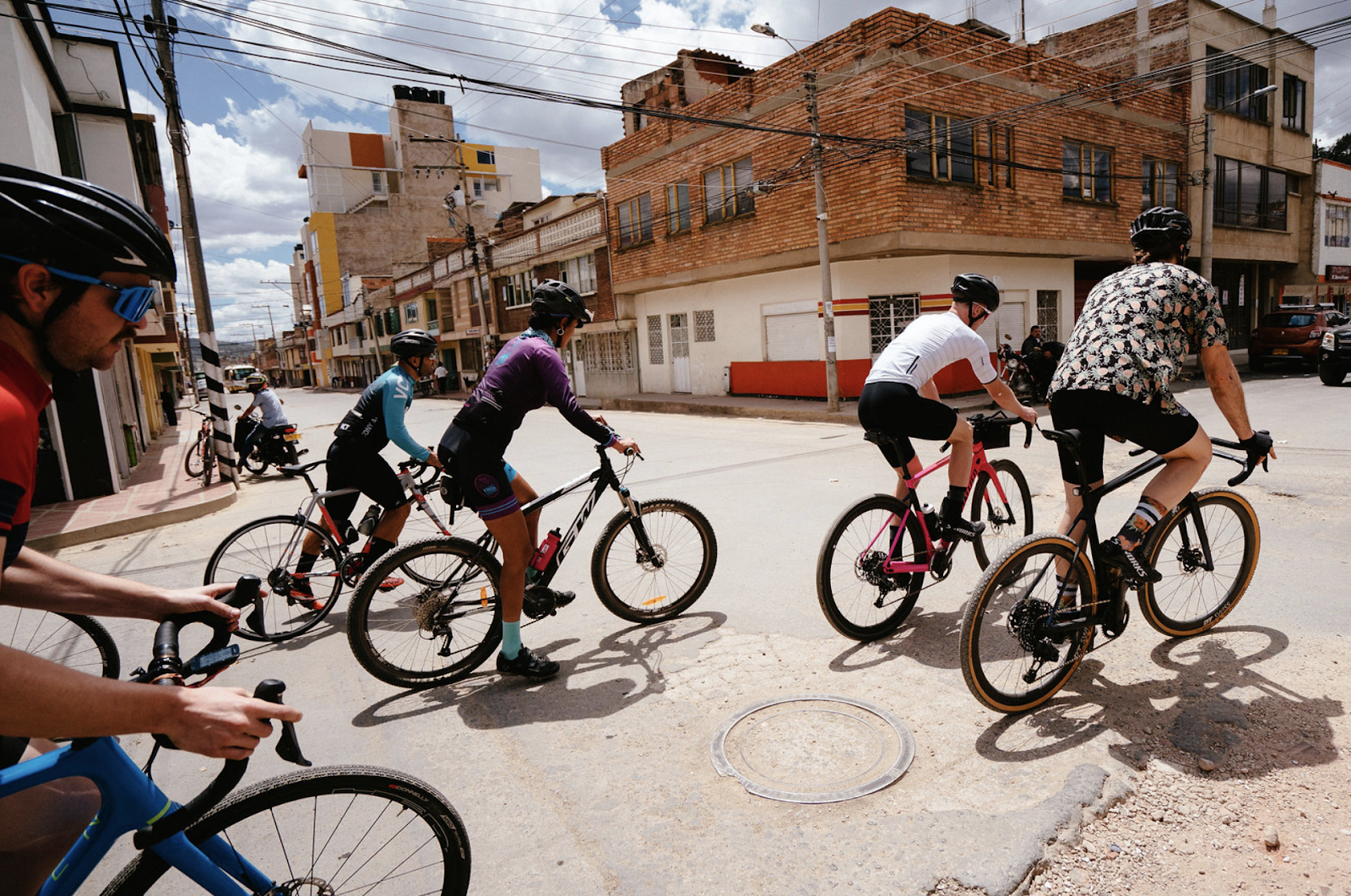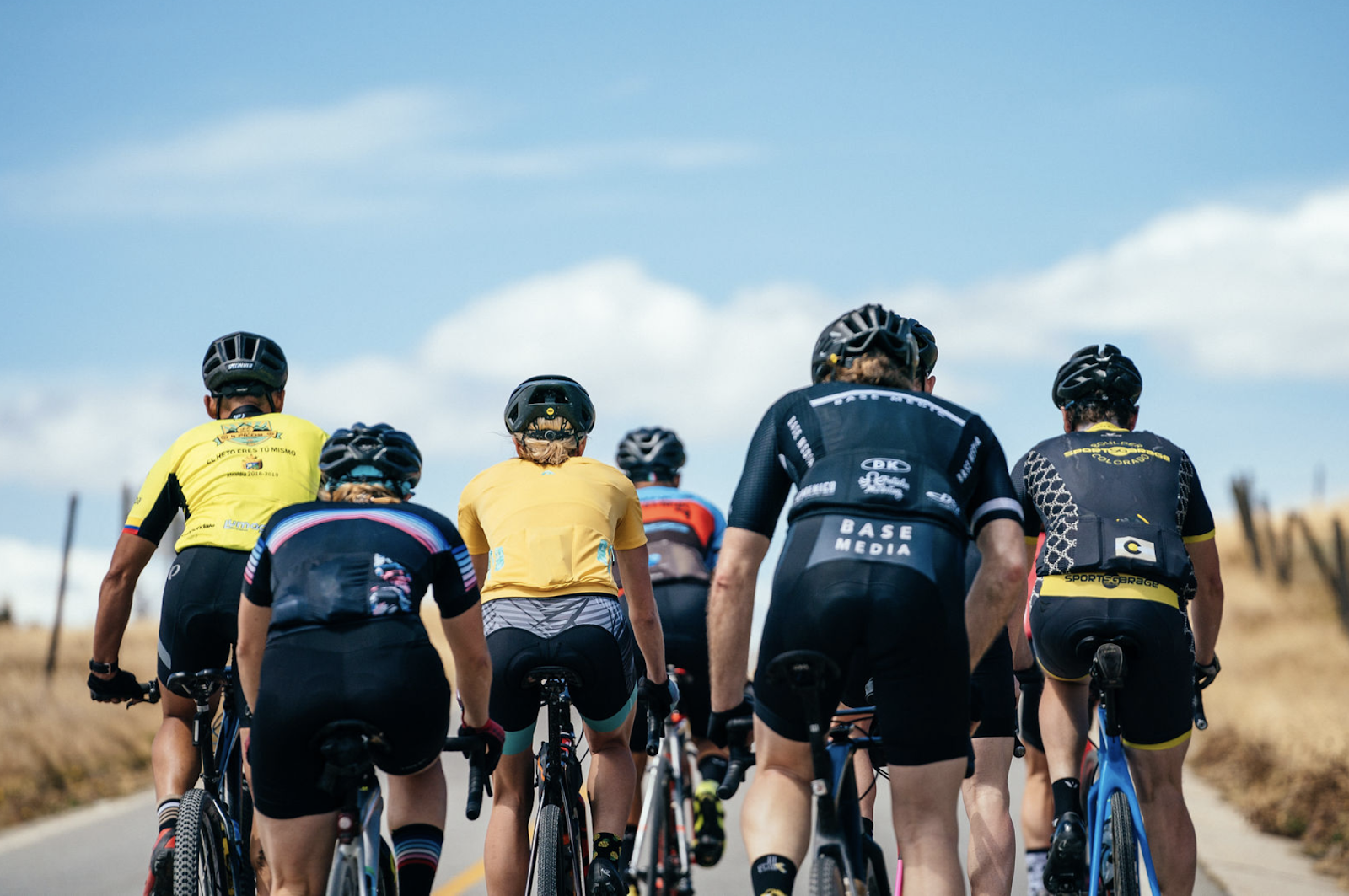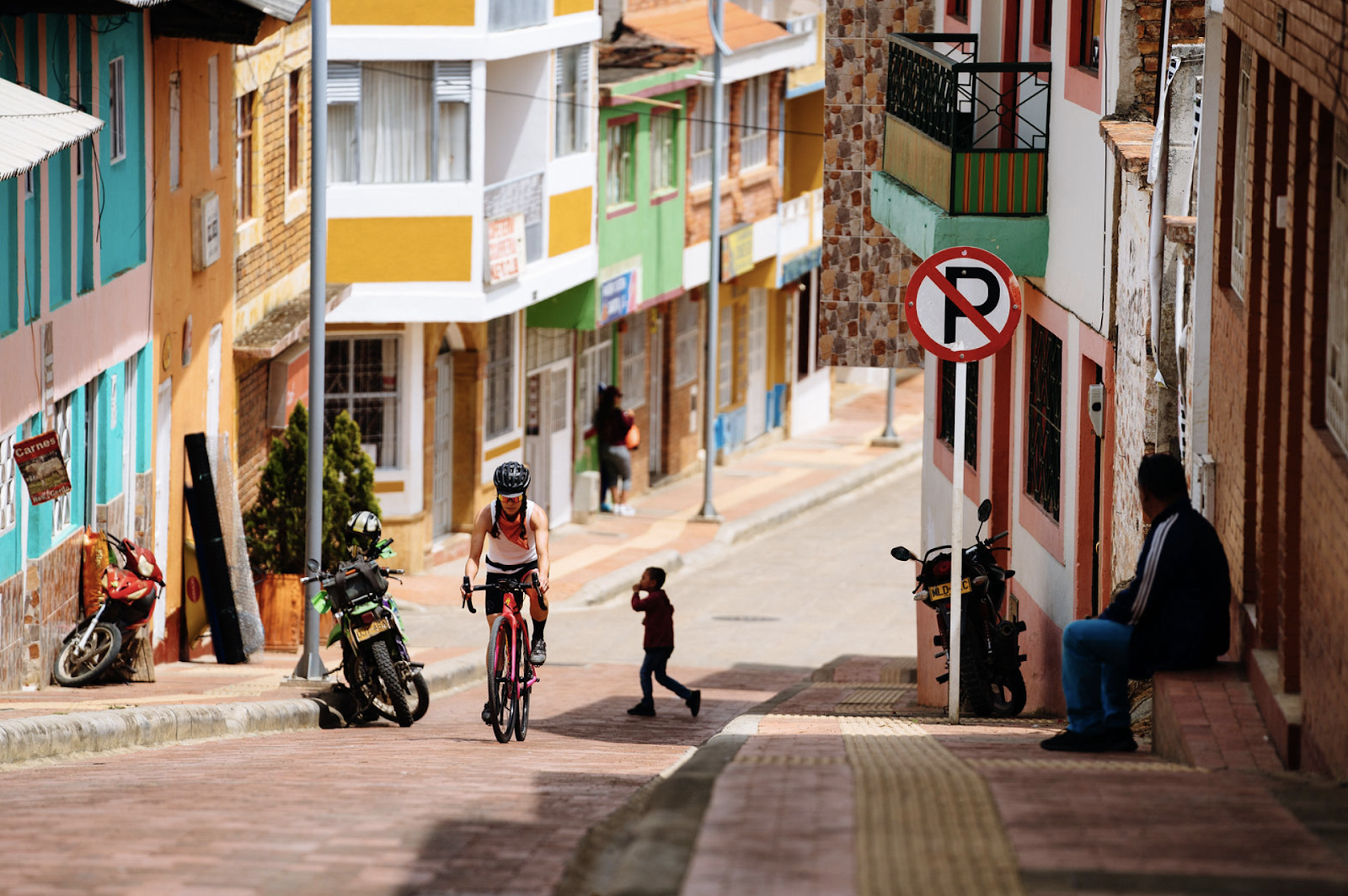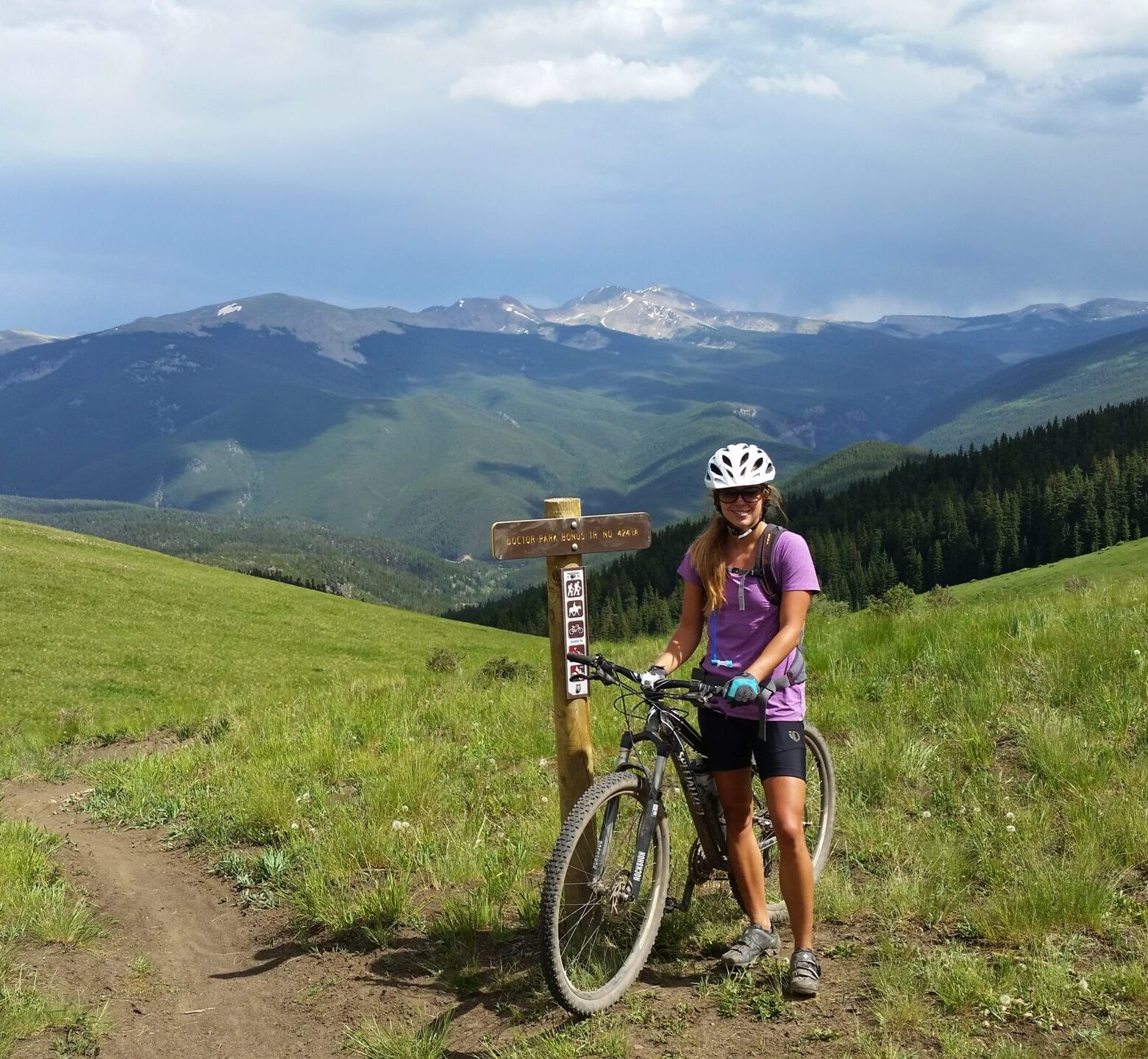
When the SG team asked me to share a ride I love, one immediately stood out. It’s a place I’ve grown up as a mountain biker and can test my mettle, whether I’m simply more prepared than the previous year with more suspension, new skills, or just better snacks.
I pushed it away thinking “no, everyone’s already ridden this trail. No one wants to hear about it.” But I think the reason I keep coming back to it year after year is what makes it so special. It’s Doctor Park in Gunnison County, and here’s why I love it the most.
Close your eyes for a moment and journey with me into the past, way back to 2012–the time before GPS. (At least the time before apps like MTB Project.) Remember when? Books and our sense of direction were our only means of wayfinding, and getting lost was a regular occurrence, equally celebrated and bemoaned. Ok, mostly bemoaned.
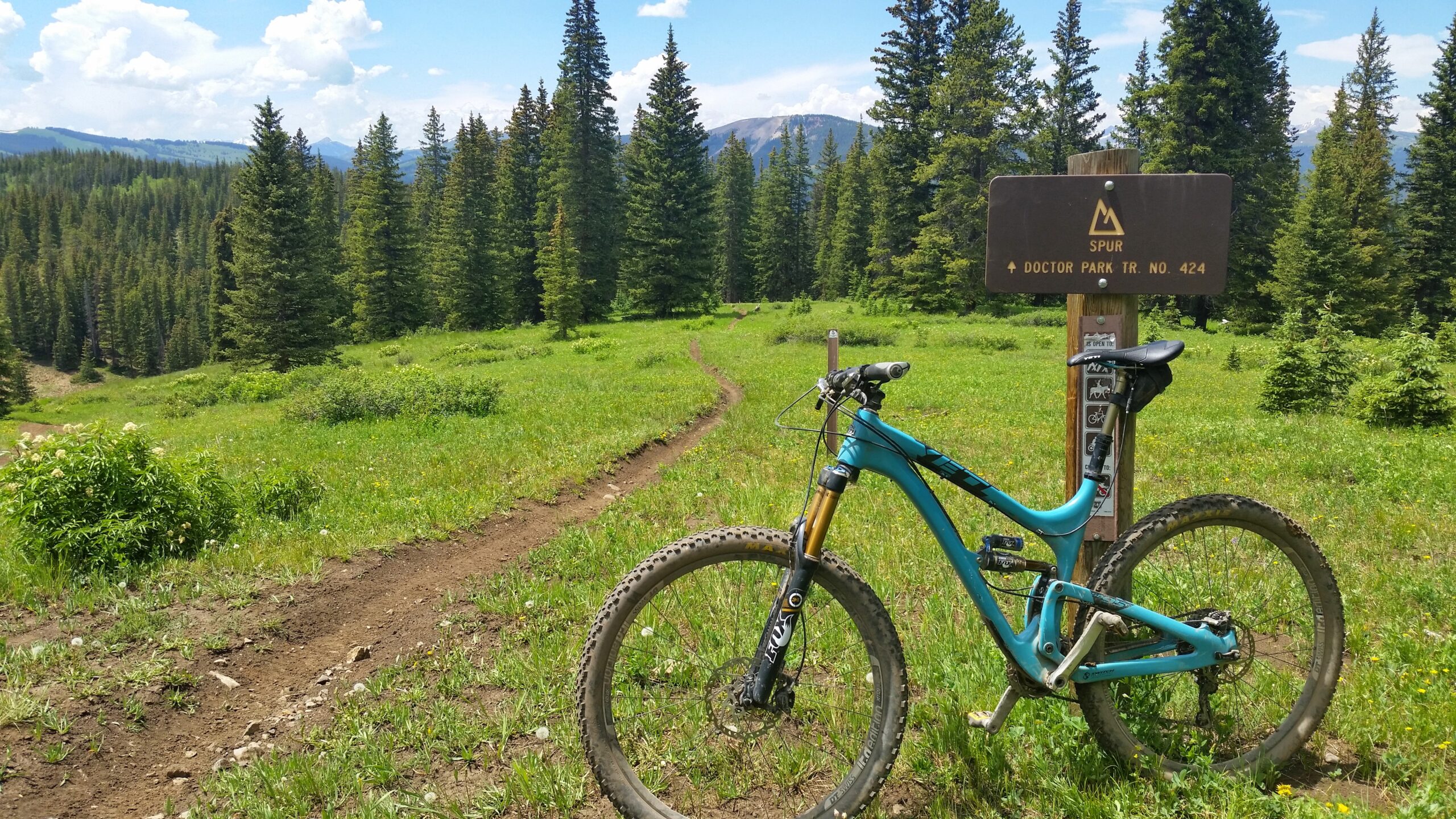


That’s when I first heard about Doctor Park. I was camped out at the North Bank Campground alongside the scenic Taylor River, which–as most Colorado mountain bikers know–shares a parking lot with the Doctor Park trailhead.
I had just wandered out of my tent and struck up a conversation with the camp host, who waved a finger towards the mountain bikers gearing up on their tailgates. She said “people bike this,” gesturing vaguely up into the mountains with a look of true bewilderment on her face. I followed her gaze, completely unable to comprehend how anyone could explore the surrounding terrain on two wheels. At the time, I only rode my bike to and from work and was starting to explore my backyard trails at Marshall Mesa, but that was all about to change.
Fast forward two summers and a friend and I were in Crested Butte for the Fourth of July. We planned to “finally” tick the 20.1-mile loop off our list during the three-day weekend (no shuttling for this ambassador.) So naturally, we saved it for last—when our legs would be the most wrecked and our lungs the most fatigued.
Back then I was on my hardtail; a 29” entry-level steed back before 29” was even cool. I had no idea a 120mm fork was probably an unreasonable choice for something as burly as Doc’s. But we had a guidebook in hand and a Clif Bar each. What could go wrong?
Our ride was punctuated by three mistakes. One: we didn’t pack bug spray. Two: we (obviously) didn’t pack enough food. And three: we completely missed the correct turn near the top, adding an unknown amount of additional climbing and mileage that nearly did us (read: me) in. By the time we finally rejoined the “correct” trail at the top of the descent, I was demolished. It was a day full of bug bites, hanger, a little bit of thunder, and plenty of walking on the way down.
Note: I have never seen mosquitos on this trail since, but on this specific day the swarms were like something from a Stephen King novel. Also note: my friend was (and is) a much more skilled and fit rider than me, and I appreciate his patience with the aforementioned hanger and walking!
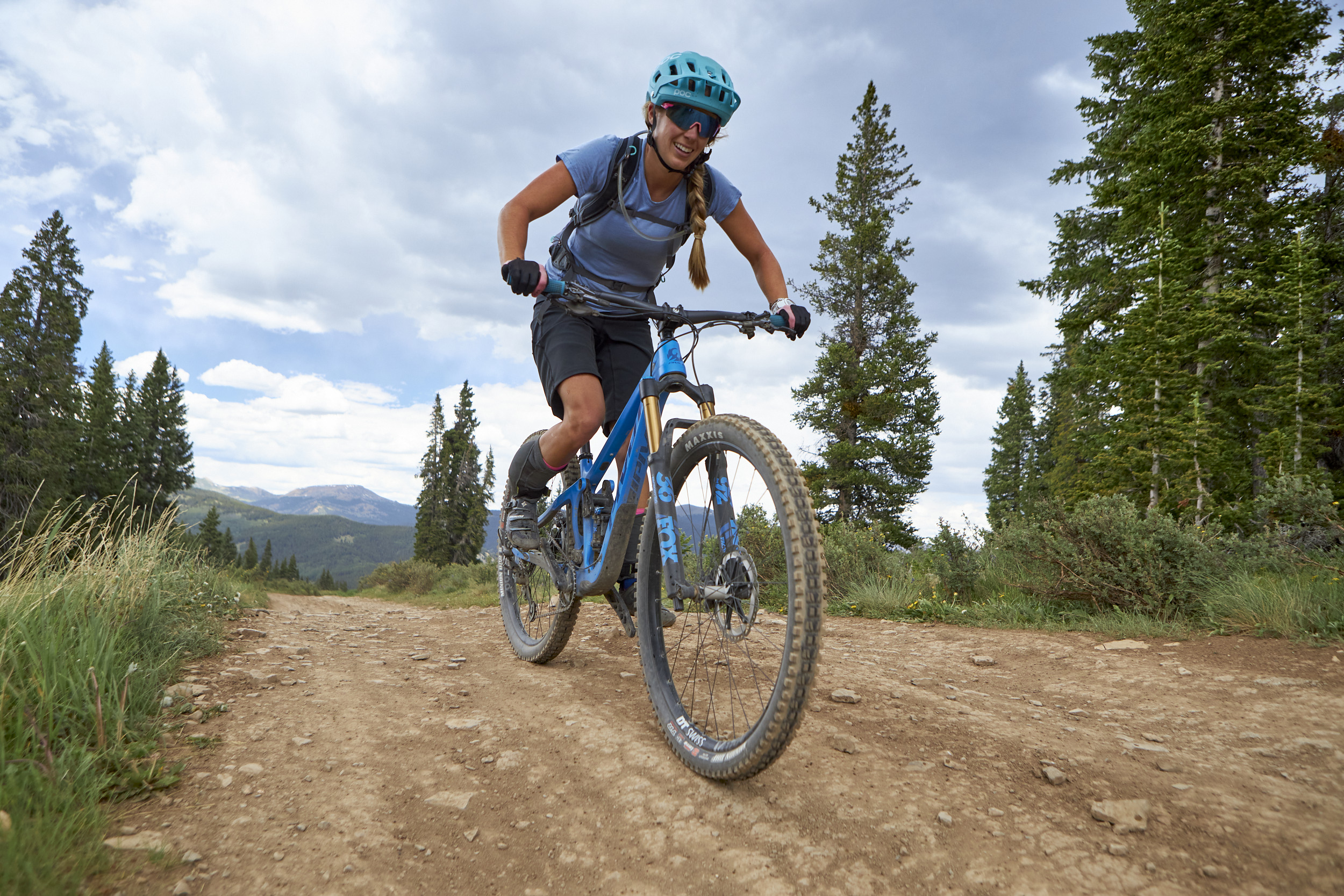
But despite the setbacks, we did it. And that feeling of accomplishment and complete exhaustion was totally addicting. I remember the feeling of relief as we finally got spit out into North Bank Campground, and easing into Spring Creek afterward and feeling the shakiness all the way down to my elbows––the sure sign of a truly epic day.
Seven years later, this trail continues to serve up challenges. It doesn’t get any less steep, but going the “right” way sure helps. And most importantly, it gets more and more fun. Last summer I finally rode the entire descent on my Pivot Switchblade…like it was nothing. I continue to look forward to the lessons and rewards of Doc’s Park. But I’m never riding the long way around again!

